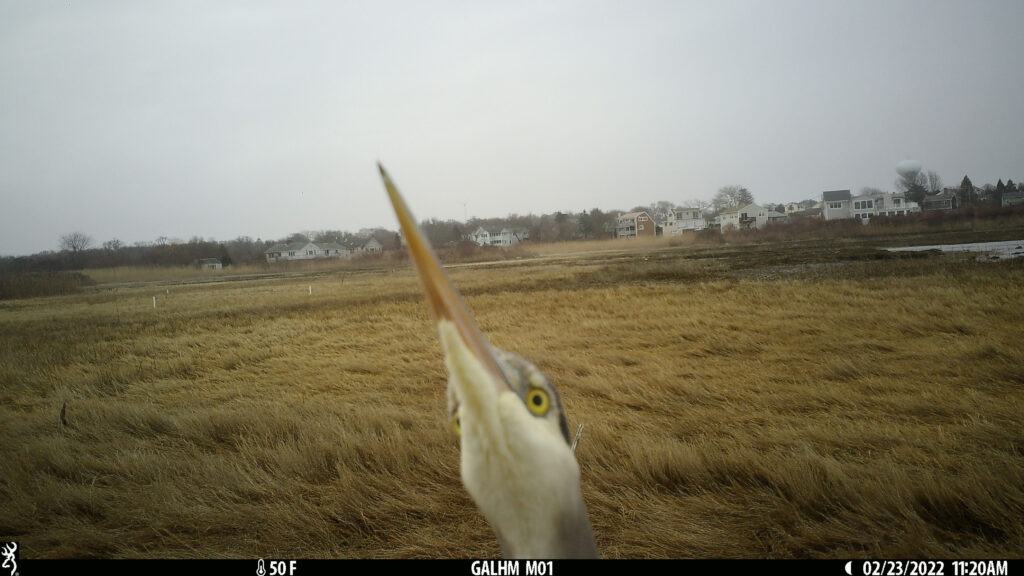By coast.noaa.gov.
The Takeaway: Scientists across the National Estuarine Research Reserve System have conducted the first-ever North American inventory of coastal wetland wildlife using 140 cameras in 29 estuaries.

 A deer stops and poses in Grand Bay Reserve in Mississippi.
A deer stops and poses in Grand Bay Reserve in Mississippi.
In a groundbreaking effort, scientists from the National Estuarine Research Reserve System, which safeguards over 1.4 million acres, completed the first-ever comprehensive North American coastal wetland wildlife inventory. They used 140 cameras in 29 estuaries to reveal diverse species, from Alaskan bears to Hawaiian ducks, illuminating elusive estuary life.
 An egret takes off after exploring the waters of Jobos Bay Reserve in Puerto Rico.
An egret takes off after exploring the waters of Jobos Bay Reserve in Puerto Rico.
The camera traps unveiled 150 species. Previously, it was difficult to research wetland animal life without disturbing the animals, and this new use of cameras to remotely monitor them has proved extremely beneficial to data collection. Deployed in summer 2022 across 29 reserves, with 15 of those sites monitored for an entire year, the camera traps offer valuable data on species diversity, behavior, and abundance. The collaboration among the research reserves transcended borders to address coastal management needs.
 A hawk flies towards the camera in Tijuana Reserve in California.
A hawk flies towards the camera in Tijuana Reserve in California.
Initial findings commonly revealed deer and coyotes, with unexpected appearances of feral hogs and cows. The presence of raptors, hoofed animals, and canids (foxes and coyotes) was noted across most regions. As their research progresses, the team aims to study invasive and endangered species and improve future wildlife research methods. The collected data set will advance wetland camera traps as a research tool.
Read More at coast.noaa.gov.

